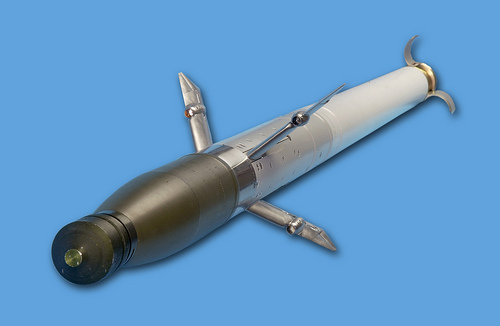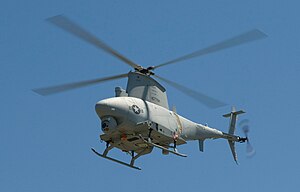Robots, Lasers and Drones! The Tools of Modern Warfare
Add bookmarkThe need for efficient hardware in an age of fiscal challenges is matched only by the need to stay one step ahead of the game.
Despite spending cuts, the U.S. military is storming forward with its robotics and unmanned systems programs. Here we highlight three new, cost-effective tools in the modern defense arsenal.
Wave Glider SV3

The latest version of the unmanned sensor robot, designed by Liquid Robotics, is revolutionizing surveillance and our understanding of the oceans.
The California-based manufacturer wrote its way into the record books in December when Papa Mau, one of its data-collecting second-generation Wave Gliders, floated more than 9,000 miles across the Pacific Ocean.
Related: Current and Future Capabilities of Military Vehicles
It began its journey in San Francisco and a year later showed up inBrisbane, Australia.
Wave Gliders can collect data on weather in remote locations and can be used to monitor rare marine life and hurricanes and predict tsunamis. Wave Gliders can also take pictures.
The new version is wired to accommodate four times more hardware than the 2009 version, including sensor payloads, computing resources, or batteries for energy storage.
For the U.S. Navy, the advantages are obvious. With an endless power source provided by the waves and no device to give it away, the Navy can place Wave Gliders in the middle of the ocean and leave them out there for months at a time. When a boat or submarine comes within range of its sensors the robots can relay the information to Navy vessels via satellite link.
MQ-8C Fire Scout
The 24ft-long unmanned, semi-autonomous helicopters are already being put to good use, conducting intelligence, surveillance and reconnaissance missions around the world. The Navy currently owns 30 of them.
The MQ-8C is the next generation Fire Scout and is twice the size of its predecessor. The Navy is planning to integrate the latest models into its next generation of combat ships.
Related: Navy Unveils New Laser Weapon
From an economic perspective, the MQ-8C is also a way of maintaining a capability while driving down long-term costs. It is lighter and more fuel efficient than manned helicopters, can offer more space to accommodate complex sensor payloads. They can also be built using existing commercial components. For those reasons the Fire Scout may be around for years to come.
Advanced Precision Kill Weapon System
The ultimate money-saver, the Advanced Precision Kill Weapon System turns old-style unguided rockets into precision laser-guided weapons.
Designed by BAE, the APKWS has a pretty universal application in the military and can be fired from conventional helicopters and fixed-wing aircraft.
From the Pentagon’s point of view, the APKWS is the perfect way of keeping its vast arsenal of unguided rockets viable.
The APKWS is placed between the rocket motor and the small warhead in the nose of the rocket. The guidance system can then seek out targets that were marked with a laser by forward operators on the ground, the attacking aircraft itself or other aircraft in the area.
Share your thoughts. Sign up today for FREE and leave a message below.

















